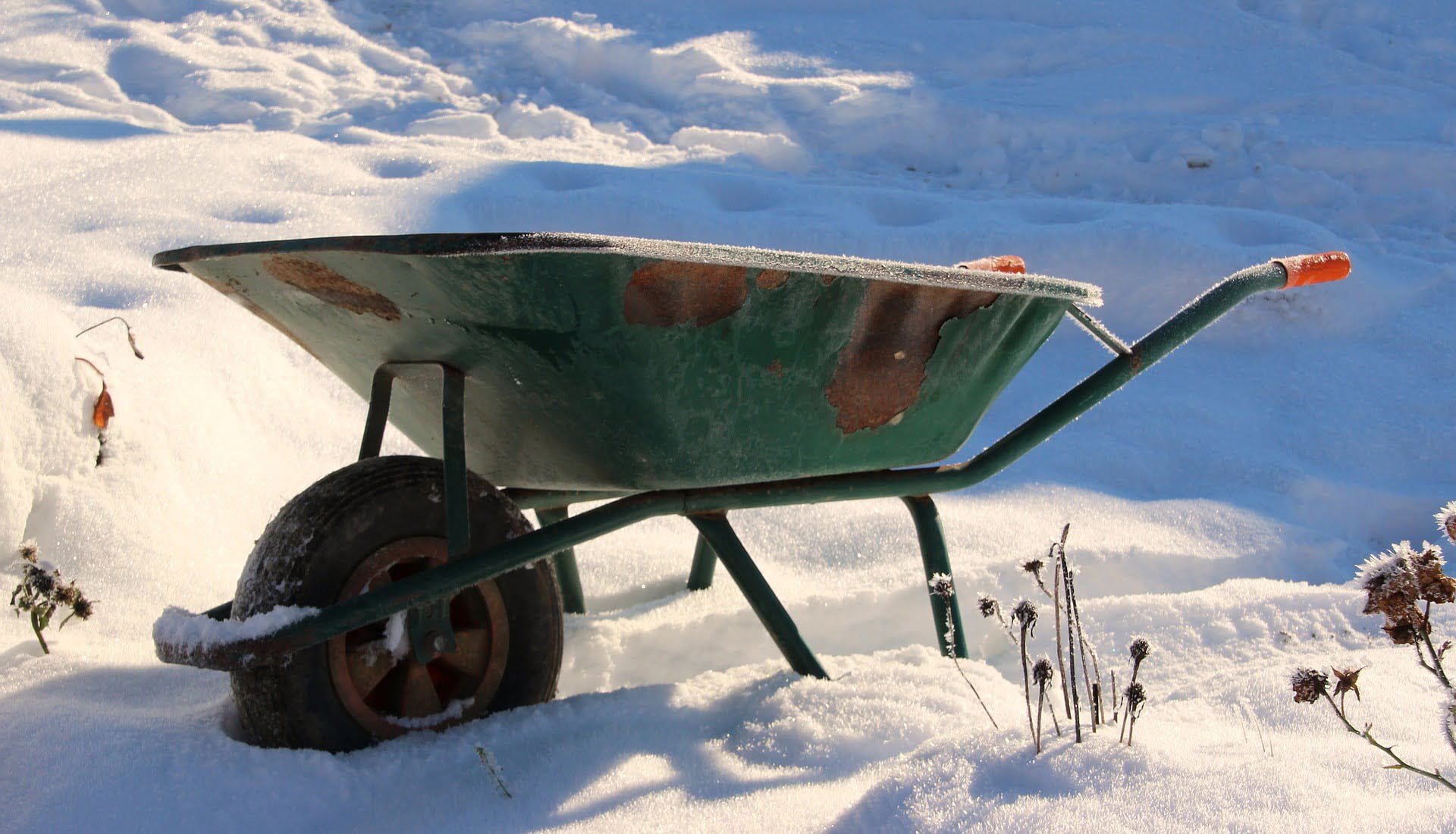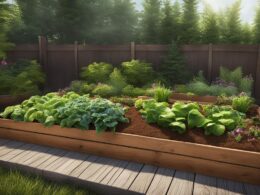Quick Summary
- Germinating seeds in paper towels is an effective, inexpensive, and safer option for starting seeds.
- Paper towel germination has a faster sprouting time compared to traditional seed starting methods.
- It’s a great way to test seed viability and ensure that you’re only using the best seeds.
- With proper care, paper towel germinated seeds will grow into healthy plants ready for transplanting into your garden.
Benefits of Paper Towel Germination
You’ll love the benefits of germinating seeds in paper towels. It’s an inexpensive and effective method that can save you money and produce more seedlings in a smaller space. Plus, it allows you to test seed viability before planting, ensuring that you’re only using the best seeds. Compared to traditional seed starting methods, paper towel germination also has a faster sprouting time. This means you can get your plants growing and thriving in no time, without having to wait for weeks for them to emerge from the soil. While there are alternatives to using paper towels, such as peat pellets or soil blocks, paper towels are still an easy and accessible option for anyone looking to start their own seeds at home.Can I Use the Paper Towel Method to Start Seeds for my Green Wall?
Yes, you can use the paper towel method when building a green wall urban garden to start seeds. This method involves moistening a paper towel, placing the seeds on it, and covering them with another damp towel. As the seeds germinate, you can transfer them to your green wall for successful growth.
Supplies Needed
To begin, all that’s required are resealable baggies, a permanent marker, and moistened pieces of absorbent material. In this case, paper towels are the recommended material for germinating seeds, but other alternatives such as coffee filters or cloth can also be used. It’s important to maintain moisture control throughout the germination process, so make sure to use a material that can hold water but not drown the seeds. Below is a table detailing the supplies needed for germinating seeds in paper towels:| Supplies | Description |
|---|---|
| Resealable baggies | Used to hold the paper towels and seeds |
| Permanent marker | Used to label the baggies with plant name and date |
| Moistened absorbent material | Paper towels, coffee filters, or cloth can be used |
| Seeds | The type of seed will determine the amount needed |
| Water | Used to moisten the absorbent material |
Can the Seed Starter Hack be Used to Germinate Duckweed Seeds?
Yes, the seed starter hack can be used to germinate duckweed seeds for growing duckweed at home backyard. The seed starter hack provides a controlled environment for the seeds to sprout, making it an ideal method for germinating duckweed seeds in your backyard.








